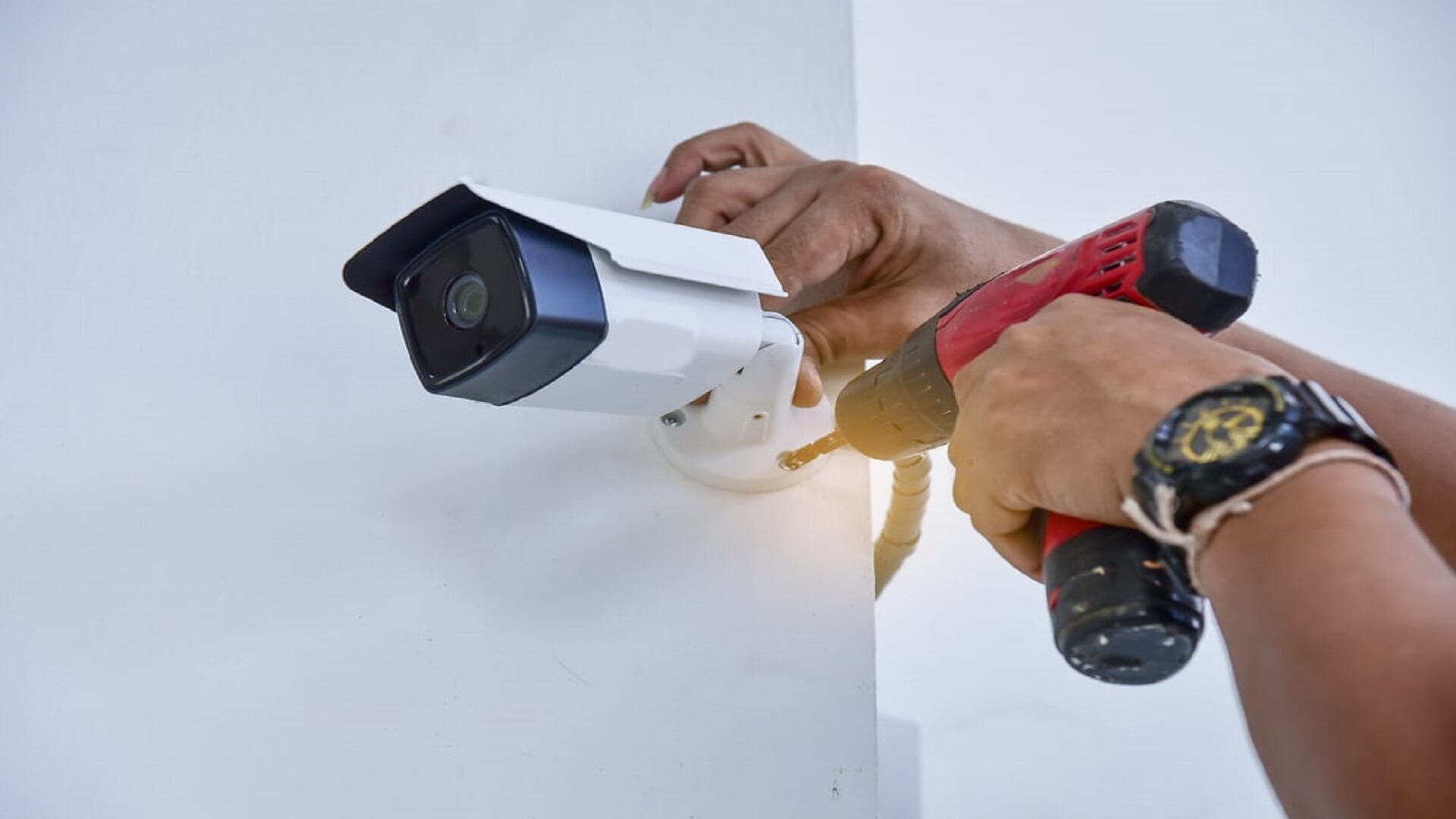Security Systems
Enhancing Safety and Security: Comprehensive Solutions
for Your Peace of Mind
Products
Description About Product
It's important to note that security systems can vary in complexity and features based on the specific needs and requirements of the premises. Customizations can include additional CCTV Surveillance, Access Control, Biometric Control, intercom systems, and integration with other security devices or home automation systems.
CCTV Surveillance

CCTV Surveillance devices used to monitor and record activities in specific areas. These cameras are typically connected to a private network, allowing authorized individuals to view the footage in real-time or review it later for security purposes. CCTV cameras are widely used in various settings, including public spaces, businesses, and residential areas, to deter crime, enhance safety, and provide evidence in case of incidents.
CCTV cameras can be integrated with other security systems, such as access control systems or alarms. This integration enables coordinated actions based on specific events or triggers, enhancing overall security effectiveness
Modern CCTV systems often include remote monitoring capabilities. Users can view live or recorded video feeds from their cameras using dedicated software, web interfaces, or mobile applications. Remote monitoring allows for real-time surveillance and the ability to respond promptly to security events.
- installation Camera
- Customer Support
CCTV cameras are typically connected to a recording device, such as a digital video recorder (DVR) for analog cameras or a network video recorder (NVR) for IP cameras. These devices capture and store video footage for later retrieval and analysis. Storage can be on internal hard drives or external storage devices, and footage can be accessed and reviewed remotely.

Access Control System

It allows authorized individuals to gain entry while preventing unauthorized access. Access control systems utilize various components and technologies to ensure the security and integrity of the controlled area.
The access control panel serves as the central control unit of the system. It manages and processes access control events, verifies credentials, and communicates with other system components. The panel is typically connected to a computer network and may include inputs and outputs for connecting various devices.
Access controls limit access to information and information processing systems. When implemented effectively, they mitigate the risk of information being accessed without the appropriate authorisation, unlawfully and the risk of a data breach.
- Increase Ease of Access for Employees
- Protect Against Unwanted Visitors
The access control system verifies the credentials presented by users to authenticate their identity. This can involve comparing the credential data with a database of authorized users, validating the biometric information, or checking the validity of the presented card or key.

Biometric Control System

The system allows real-time monitoring of attendance events. Supervisors or administrators can access the system to monitor attendance records, track employee presence, and receive alerts for irregular attendance patterns or violations of attendance policies.
Biometric control systems offer a secure and accurate method of recording employee attendance, eliminating the need for traditional paper-based or card-based systems. They provide reliable and tamper-proof attendance data while enhancing overall security and efficiency in workforce management.
A biometric control system is an advanced access control system that utilizes biometric technology to accurately record and manage employee attendance. It uses unique physiological or behavioral characteristics of individuals, such as fingerprints, hand geometry, facial recognition, iris scans, or voice recognition, to authenticate and track employee attendance.
- Attendance Record
- Integration with HR and Payroll Systems
Biometric control systems offer reporting and analytics features to provide insights into employee attendance patterns, absenteeism, and tardiness. These reports can be used for performance evaluation, identifying attendance trends, and managing workforce schedules effectively.

PA System (Public Address System)

PA systems may include a control unit or management software for centralized control and management. These systems allow operators to schedule announcements, control volume levels, manage source inputs, and monitor the overall system status. Advanced systems can also integrate with other building management systems or provide remote access for monitoring and control.
Many PA systems are equipped with emergency broadcast functionality. These systems can integrate with fire alarm systems or other emergency notification systems to broadcast critical announcements and evacuation instructions during emergencies.
A public address (PA) system, also known as a sound reinforcement system or a public announcement system, is a network of audio devices used to distribute sound and messages to a large group of people in public spaces or buildings. PA systems are commonly found in various settings, including stadiums, schools, airports, shopping malls, theaters, and public transportation terminals.
PA systems play a crucial role in public safety, entertainment, and information dissemination. They ensure clear communication in public spaces, facilitate crowd management, and provide essential announcements during emergencies. The design and configuration of a PA system depend on the specific needs of the venue, the size of the area to be covered, and the intended usage.

EPABX & Intercom System

Intercom stations are the main components of the system and serve as communication endpoints. They can be wall-mounted, desk-mounted, or handheld devices. Intercom stations are equipped with a microphone and a speaker, allowing users to talk and listen to others in the system.
Intercom systems include a door entry component that allows visitors to communicate with occupants of a building before being granted access. Door entry intercoms typically have a built-in camera, a call button, and a speaker for two-way communication. They can be integrated with access control systems to remotely unlock doors or gates.
An intercom system is a communication system that allows two or more individuals to communicate and interact with each other within a building or across different locations. Intercom systems can be used for various purposes, including internal communication, security, and convenience.
Intercom systems find applications in various settings, including residential buildings, offices, healthcare facilities, educational institutions, and industrial complexes. They enhance communication, provide security, and improve convenience by enabling quick and efficient interaction between individuals within a building or across different locations. The specific features and configuration of an intercom system depend on the requirements and scale of the installation. Professional system integrators can help design and install an intercom system tailored to the needs of a particular environment.

Different Security Systems
CCTV Surveillance, Biometric System, Access Control System, Intercom, PA System
CCTV surveillance, biometric systems, access control systems, intercoms, and PA systems are integral components of comprehensive security and communication solutions. Together, they provide a layered approach to safeguarding people and property, managing access to facilities, monitoring activities, and facilitating efficient communication within organizations or public spaces.













